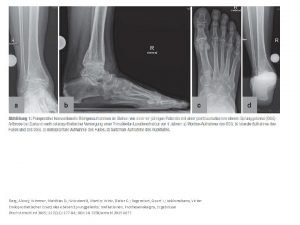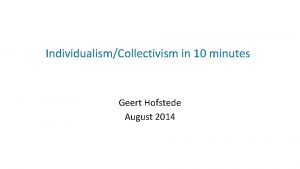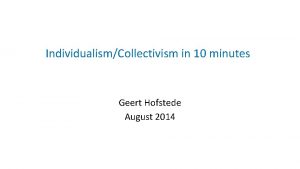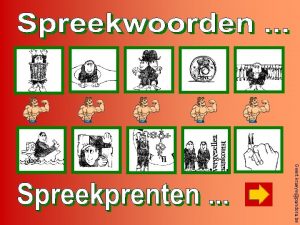MasculinityFemininity in 10 minutes Geert Hofstede August 2014








- Slides: 8

Masculinity/Femininity in 10 minutes Geert Hofstede August 2014

Origin of the terms “masculinity” and “femininity” • The adjectives “masculine” and “feminine” are latinized versions of “male” and “female”, used for “man-like” and “woman-like” • Since the 1930 s, anthropologists have studied the variety of role divisions between the genders in different societies • Hofstede borrowed “masculinity versus femininity” from social anthropology • Masculinity versus Femininity is the only of his dimensions of societal differences for which scores depend on gender

Masculinity/Femininity as a societal culture dimension • Masculinity: A society in which emotional gender roles are distinct: men should be assertive, tough and focused on material success, women on the quality of life • Femininity: A society in which emotional gender roles overlap: both men and women are supposed to be modest, tender, and focused on the quality of life

Feminine societies Masculine societies • Balance family and work • Father and mother should both deal with facts and feelings • Jealousy of high-flyers (janteloven) • Sympathy for the weak • Boys and girls may cry but neither should fight • Religion focuses on fellow human beings • Sex is a way of relating • Work prevails over family • Father should deal with facts, mother with feelings • Admiration for the strong • Disdain of the weak • Girls cry, boys don’t; boys fight, girls shouldn’t • Religion focuses on powerful God or gods • Sex is a way of performing

Measuring the position of a society on the Mas/Fem dimension • A society’s position between masculinity and femininity can only be measured relative to other societies • This position is expressed in a Masculinity Index score (MAS) • MAS values have been plotted on a scale from 0 to 100; scores close to 0 stand for the most feminine, scores close to 100 for the most masculine society

Some Masculinity (MAS) scores, out of 76 High 95 Japan 70 Italy 69 Mexico 66 China 66 Britain 66 Germany 62 USA Low 53 Arab ctrs 43 France 36 Russia 34 Thailand 21 Costa Rica 16 Denmark 14 Netherlands

Some examples of what these MAS scores correlate with Feminine societies Masculine societies • Fewer functional illiterates • Fewer people living in poverty • More aid to poorer countries • Poverty blamed on bad luck • Both genders shop for food • More leisure, longer vacations • Social media used for rapport building • More functional illiterates • More people living in poverty • Less aid to poorer countries • Poverty blamed on laziness • Women are food shoppers • Salary preferred over leisure • Social media used for fact gathering

Do MAS scores change over time ? • Mas/Fem values are transferred to the children in the family, with father and mother as role models • Like for the other dimensions, country differences expressed in MAS scores tend to be rooted in history • The data base used for comparing two generations 30 years apart did not include questions for the Mas/Fem dimension • Their questionnaire “made in USA” did not contain values related to the feminine pole of the dimension • In the USA, the word “femininity” is a taboo – a strong value • Mas/Fem is likely to be as stable as the other dimensions













